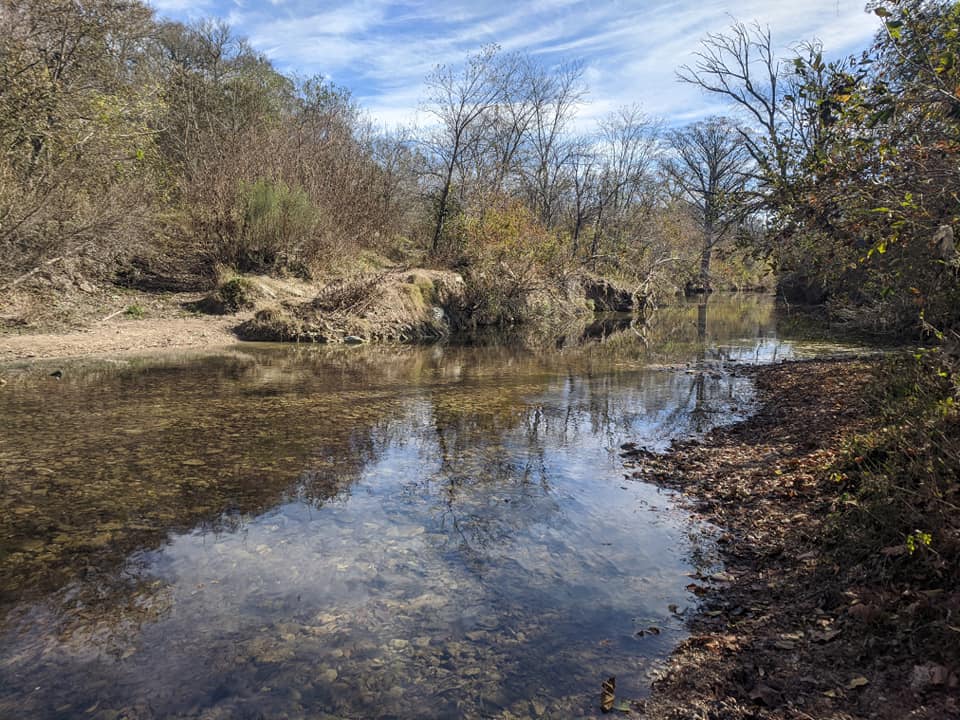We are working towards several efforts at Onion Creek Metropolitan Park. We are conducting an in-depth archival study to understand better the history and significance of the historic properties within the park. The planned educational panels that will be constructed in the park along the trails will incorporate elements of the history documented in the archival study. The focus of the study will include the El Camino Real period of significance (1691–1845).

It is clear from our meetings in the park that the historic sites may date to the Republic of Texas. Spanish Colonial historic expedition records, however, document that General Alonso de Leon discovered a large rancherias of Coahuiltecan people living on along the Colorado River between Barton Springs and Brushy Creek near the park and Montopolis area, in 1689 and 1690. In 1691, General Domingo Terán de los Rios visited these village sites, and Generals Diego Ramon and Martin de Alarcón met with the village elders, in 1716 and 1718. The historic trail segments of El Camino Real that crossed the Colorado River were integral in Spain’s commercial trade network, and the founders of the Republic of Texas capitalized on this trade connection and selected the area for its new Capitol of Austin. Such a narrative has yet to be incorporated into historical and archaeological literature, which would make the Onion Creek trails unique in public education outreach.
Following the archival study, our team will conduct a reconnaissance archaeological survey of the entire 555 acres. The purpose of the investigation is to identify other archaeological sites that have yet to be discovered and document those historic archaeological sites we have visited. The reconnaissance also will identify high probability areas where prehistoric and late prehistoric/historic archaeological sites are likely to be present, such as any that may have been in existence during Spanish Colonial contact.
While the Town of Waterloo is believed to have been the first permanent settlement on the Colorado River, historic burial grounds have grave markers that date to 1812, and the Spanish performed ceremonies associated with the formal discovery of a large Coahuiltecan Village with smaller satellite villages between Barton Springs and Montopolis area. The rareness of a large land tract with vestiges of 19th-century house foundation and yardscape patterns in Austin cannot be over stated.





